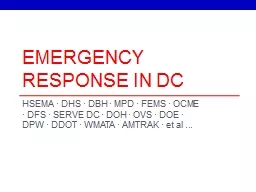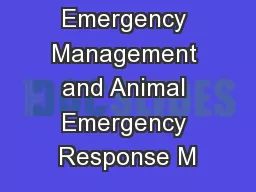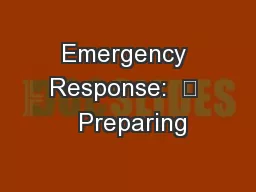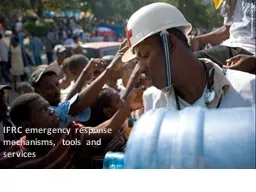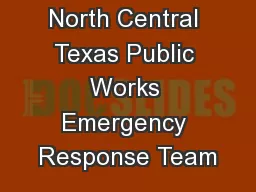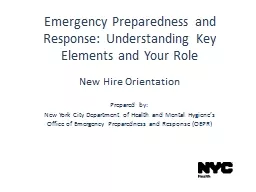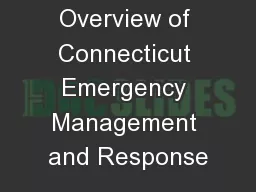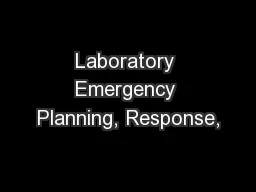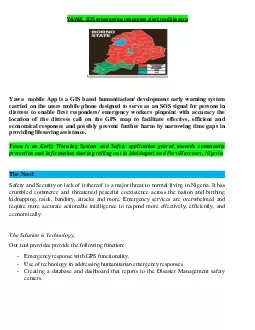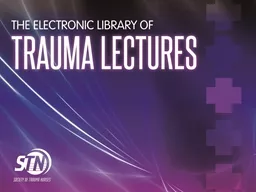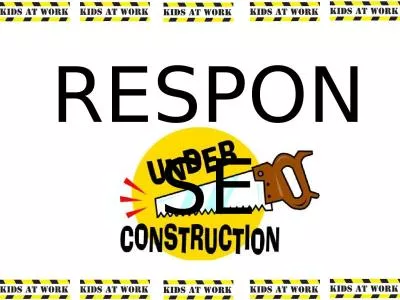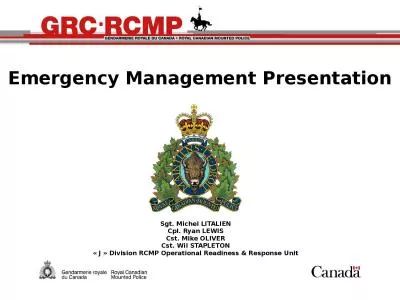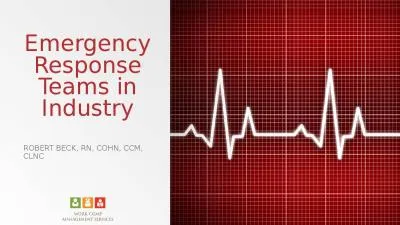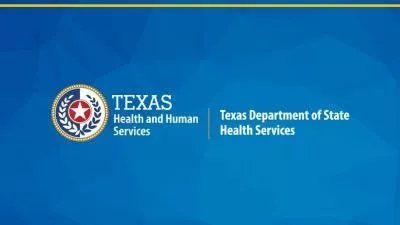PPT-Emergency response in dc
Author : trish-goza | Published Date : 2018-11-16
HSEMA DHS DBH MPD FEMS OCME DFS SERVE DC DOH OVS DOE DPW DDOT WMATA AMTRAK et al Group Exercise What kinds of mass disaster events do you think
Presentation Embed Code
Download Presentation
Download Presentation The PPT/PDF document "Emergency response in dc" is the property of its rightful owner. Permission is granted to download and print the materials on this website for personal, non-commercial use only, and to display it on your personal computer provided you do not modify the materials and that you retain all copyright notices contained in the materials. By downloading content from our website, you accept the terms of this agreement.
Emergency response in dc: Transcript
Download Rules Of Document
"Emergency response in dc"The content belongs to its owner. You may download and print it for personal use, without modification, and keep all copyright notices. By downloading, you agree to these terms.
Related Documents

